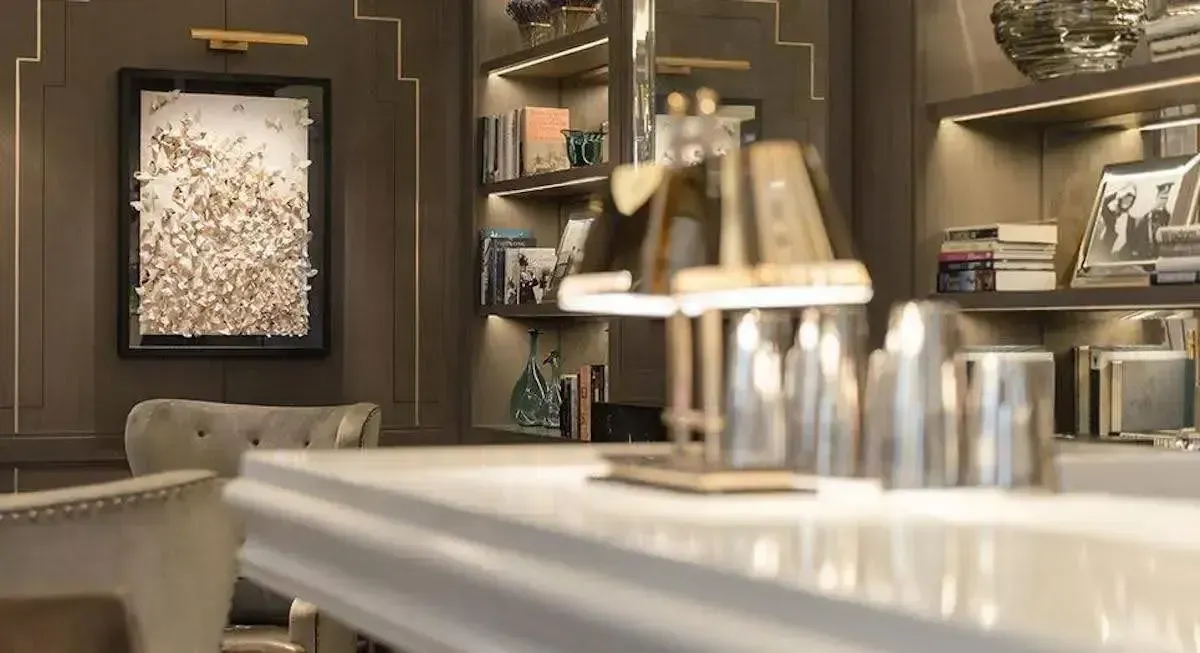
How to Light Your Artwork and Collections Like a Pro
How to Light Your Artwork and Collections Like a Pro
Proper lighting can make a world of difference when it comes to displaying artwork and collections. It's not just about illuminating the space; it's about enhancing the visual appeal, protecting your precious items, and creating the right atmosphere. In this guide, we'll explore expert techniques to light your artwork and collections, turning your space into a gallery-worthy showcase.
Understanding the Basics of Art Lighting
The Importance of Proper Lighting
Good lighting is crucial for several reasons:
It brings out the true colors and textures of your artwork
It creates focus and draws attention to specific pieces
It protects your art from harmful light exposure
It enhances the overall ambiance of your space
Types of Light Sources
There are various light sources to consider:
Natural light: Sunlight through windows or skylights
Incandescent bulbs: Warm, traditional lighting
LED lights: Energy-efficient and customizable
Halogen lamps: Bright, focused light
Each type has its pros and cons, and the choice depends on your specific needs and the nature of your collection.
Techniques for Lighting Different Types of Artwork
Paintings and Prints
When lighting paintings and prints:
Use adjustable fixtures to direct light at a 30-degree angle
Avoid glare by positioning lights carefully
Consider picture lights for individual pieces
Sculptures and 3D Objects
For sculptures and other 3D objects:
Use multiple light sources to eliminate shadows
Experiment with uplighting for dramatic effects
Consider rotating displays for dynamic lighting
Photographs and Delicate Works
When dealing with photographs or delicate pieces:
Use low-UV LED lights to prevent fading
Avoid direct sunlight exposure
Consider using protective glass with UV filters
Creating the Right Ambiance
Layering Light
To create depth and interest:
Combine ambient, task, and accent lighting
Use dimmers to adjust light levels for different times of day
Incorporate wall washers for an even glow on larger surfaces
Color Temperature Considerations
The color of light can significantly impact the mood:
Warm lights (2700-3000K) create a cozy, intimate atmosphere
Cool lights (3500-4100K) are great for modern or monochromatic art
Daylight bulbs (5000-6500K) are ideal for color accuracy
Practical Tips for Installation
Positioning and Mounting
When installing your lighting:
Keep lights about 24-36 inches away from the artwork
Use track lighting for flexibility in repositioning
Consider recessed lighting for a clean, unobtrusive look
Avoiding Common Mistakes
Be sure to:
Test lighting at different times of day
Avoid overlighting, which can wash out colors
Consider the overall room design when planning your lighting
Maintaining Your Lighting System
Regular Cleaning and Bulb Replacement
To keep your lighting effective:
Dust fixtures and bulbs regularly
Replace bulbs before they burn out
Keep spare bulbs on hand for consistency
Adjusting for Seasonal Changes
Remember to:
Reassess your lighting as natural light changes with seasons
Use curtains or blinds to control natural light
Adjust artificial lighting to complement seasonal variations
Lighting your artwork and collections doesn't have to be complicated. By understanding the basics, choosing the right techniques, and maintaining your system, you can create a stunning display that brings out the best in your cherished pieces. Remember, good lighting not only showcases your art but also enhances your living space, making it more inviting and enjoyable for both you and your guests.